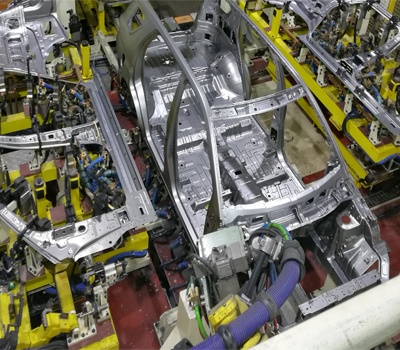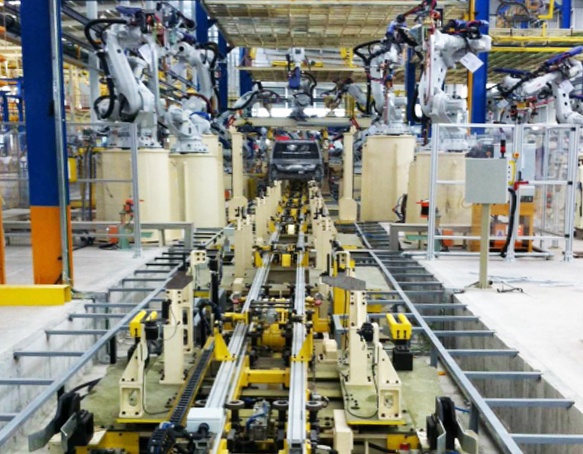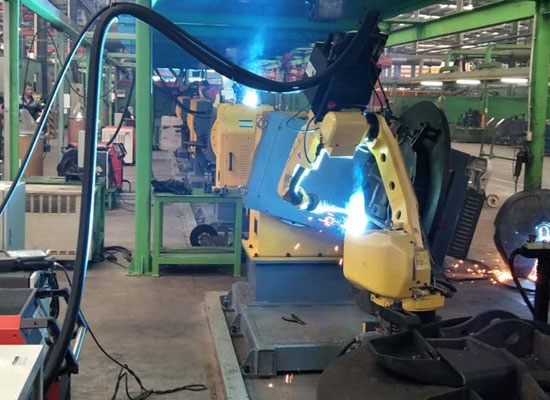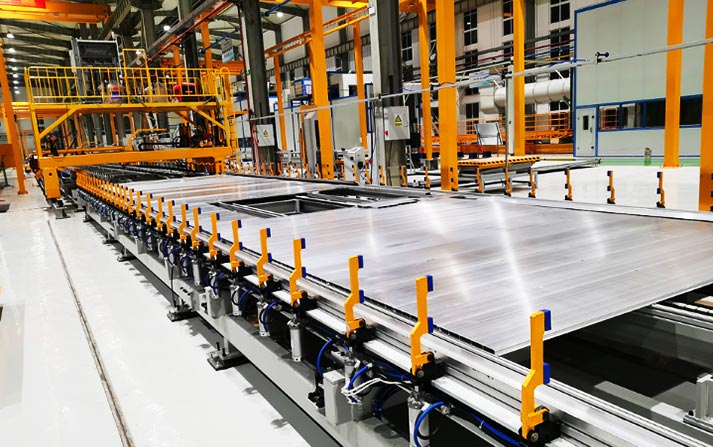+86 15633683072
In the manufacture of equipment such as heat exchangers, boilers, and pressure vessels, the selection of tube to tubesheet welding types is directly related to the performance, safety, and service life of the equipment. Different welding types are suitable for different scenarios, so multiple factors need to be considered when choosing. So how to choose the right tube to tubesheet welding types to optimize the welding process and improve product quality?
Before choosing a welding type, you first need to understand several common tube to tubesheet welding types and their characteristics:
Expansion Welding: Expand the tube mechanically or hydraulically to make it fit tightly with the tube sheet, which is suitable for scenarios with high sealing requirements.
Fillet Welding: Form a fillet weld between the tube and the tube sheet, which is suitable for tubes of various materials and thicknesses.
Full Penetration Welding: The weld completely penetrates the tube wall and tube sheet, which is suitable for high pressure and high temperature environments.
Seal Welding: It is carried out after expansion welding or fillet welding, mainly used to improve the sealing of the joint.
Internal Bore Welding: Welding is performed from the inside of the tube, which is suitable for thick-walled tubes and high-pressure environments.
Different application scenarios have different requirements for welding quality, so it is necessary to select appropriate tube to tubesheet welding types according to specific needs:
High-pressure environment: In high-pressure boilers or nuclear power plant equipment, it is recommended to select full penetration welding or internal bore welding to ensure the strength and sealing of the joint.
Corrosive media: In the chemical or petroleum industry, selecting sealing welding can effectively prevent medium leakage.
Thin-walled tubes: For thin-walled tubes, expansion welding is an economical and efficient choice.
Thick-walled tubes: For thick-walled tubes, internal bore welding or full penetration welding can better meet the strength requirements.
The material of the tube and tube sheet also has an important influence on the selection of welding type:
Stainless steel: Stainless steel tubes usually choose fillet welding or full penetration welding to ensure the corrosion resistance of the welded joint.
Titanium alloy: Titanium alloy tubes are suitable for internal bore welding to reduce the risk of oxidation during welding.
Nickel-based alloys: Nickel-based alloy pipes usually choose full penetration welding to ensure the strength and high temperature resistance of the joint.
When choosing tube to tubesheet welding types, you also need to consider cost and efficiency:
Expansion welding and fillet welding are low in cost and suitable for projects with limited budgets.
Although full penetration welding and internal hole welding are more expensive, they can significantly improve the welding quality and are suitable for scenes with extremely high performance requirements.
Although sealing welding increases the process and time, it can effectively reduce maintenance costs in high pressure and corrosive environments.
When choosing Tube to Tubesheet Welding Types, you also need to refer to relevant industry standards and specifications, such as:
ASME standards: Detailed regulations on welding processes for pressure vessels and boilers.
ISO standards: Applicable to welding quality requirements for international projects.
Customer requirements: Some customers may have special requirements for welding types, which need to be communicated and confirmed in advance.
Choosing the right tube to tubesheet welding types is the key to ensuring equipment performance and safety. By comprehensively considering application scenarios, material properties, cost efficiency, process complexity and industry standards, companies can find the most suitable welding type to optimize production processes and improve product quality.
 Automobile Body Production Line Welding Fixtures
Automobile Body Production Line Welding Fixtures  Automotive Body Welding Automated Manufacturing Solutions
Automotive Body Welding Automated Manufacturing Solutions  Bulldozer beam and bucket robot welding cobot assembly line
Bulldozer beam and bucket robot welding cobot assembly line  Suspension parts of semi-trailer fully automated production line
Suspension parts of semi-trailer fully automated production line  Aluminum alloy container side box robot automated welding manufacturing line automation
Aluminum alloy container side box robot automated welding manufacturing line automation Zhengzhou Kehui Technology Co., Ltd
Email: info@zzkehui.com